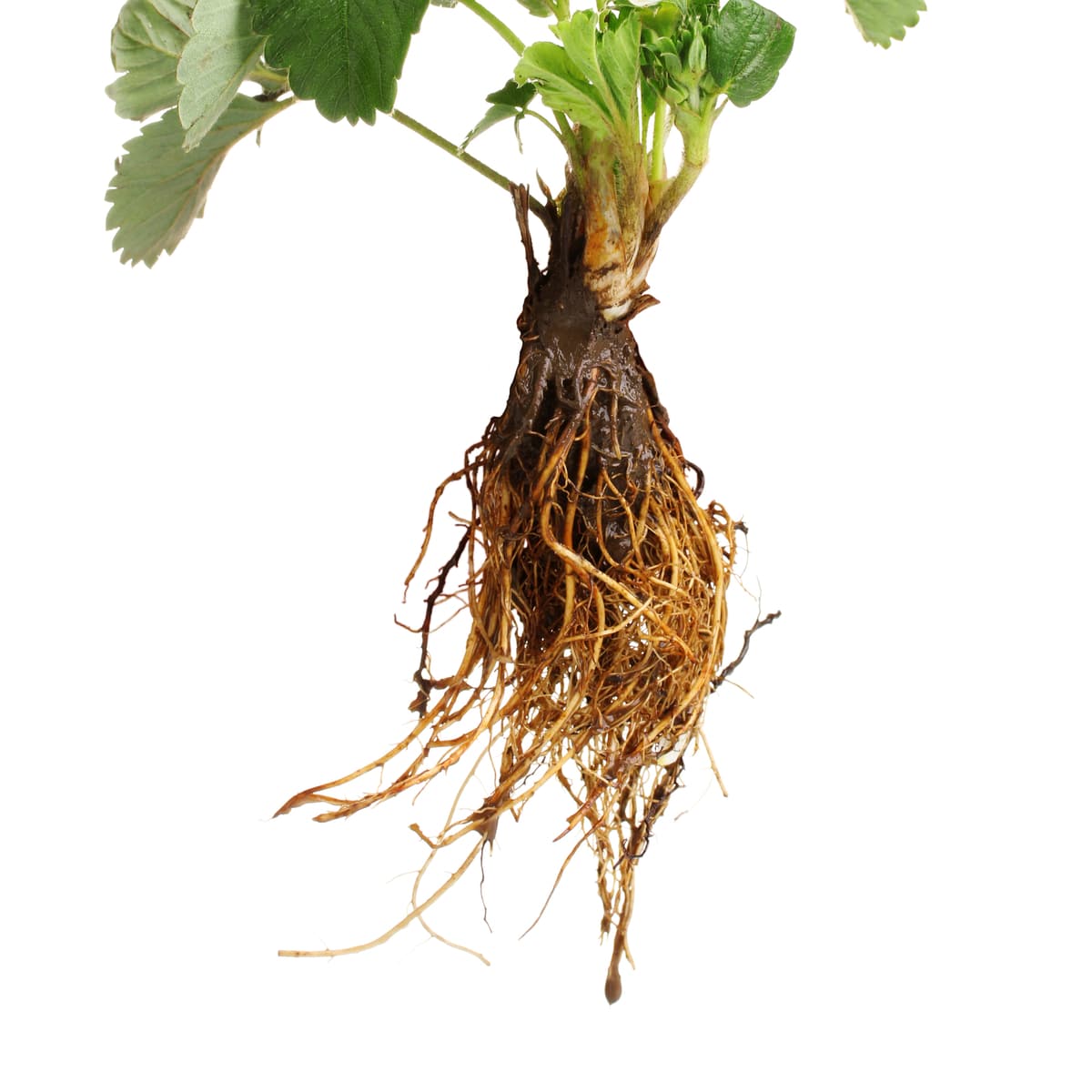

Articles
How To Store Strawberry Roots
Modified: October 19, 2024
Discover the best techniques for storing strawberry roots in this informative articles. Learn how to properly prepare and protect your plants for a successful growing season.
(Many of the links in this article redirect to a specific reviewed product. Your purchase of these products through affiliate links helps to generate commission for Storables.com, at no extra cost. Learn more)
Introduction
Strawberries are a beloved fruit enjoyed by many, whether fresh, in jams, or baked into delicious desserts. As a gardener or enthusiast, you may find yourself with an abundance of strawberry plants and the need to store their roots for future planting. Properly storing strawberry roots is crucial to their survival and overall success in the next growing season.
In this article, we will explore various methods for storing strawberry roots to ensure their health and vigor. Whether you choose to store them in the ground, containers, refrigerators, or a root cellar, we will provide you with the necessary information and guidelines to make the right choice for your situation.
By following the steps and tips outlined here, you will be able to preserve your strawberry roots and have healthy plants ready to grow and produce a bountiful crop in the following season.
Key Takeaways:
- Properly storing strawberry roots is crucial for their survival and success in the next growing season. Choose the right method based on space, climate, and duration of storage to ensure healthy and bountiful plants.
- Preparing the roots by cleaning, inspecting, trimming, and labeling them is essential for successful storage. Whether in the ground, containers, refrigerator, or root cellar, maintaining proper conditions and monitoring the roots is crucial for their wellbeing.
Read more: How To Store Bare Root Strawberries
Choosing the Right Storage Method
When it comes to storing strawberry roots, there are several options to consider. The right storage method will depend on your specific circumstances and resources. Here are a few factors to consider when choosing the right storage method for your strawberry roots:
- Available space: Assess the space you have available for storing the roots. If you have limited space, options like storing them in containers or a refrigerator may be more practical.
- Climate: Consider the climate in your region. If you live in an area with harsh winters, storing the roots in the ground may not be feasible. Alternatively, if you have a root cellar, it can provide the ideal conditions for long-term storage.
- Duration of storage: Determine how long you plan to store the strawberry roots. If you only need to store them for a few weeks or months, methods like refrigeration or container storage may suffice. For longer-term storage over winter, options like in-ground storage or a root cellar may be more suitable.
- Convenience: Consider your own convenience and preference. Some methods may require more effort and maintenance, while others are more straightforward. Choose a method that aligns with your abilities and convenience.
Ultimately, the right storage method is a personal choice based on your specific circumstances. It’s important to assess the pros and cons of each method and choose the one that best fits your needs and resources.
In the following sections, we will explore various storage methods in detail, including storing the strawberry roots in the ground, containers, refrigerators, and root cellars. Each method has its own advantages and considerations, so let’s dive in.
Preparing the Strawberry Roots for Storage
Before storing your strawberry roots, it’s important to prepare them properly to ensure their survival and health during the storage period. Here are the steps to prepare the strawberry roots for storage:
- Harvesting: Carefully lift the strawberry plants from the ground, taking care not to damage the roots. Gently remove any soil or debris from the roots, ensuring they are clean and free from any potential contaminants.
- Inspecting: Examine the roots for any signs of disease or damage. Remove any diseased, rotting, or damaged roots to prevent the spread of infection during storage.
- Trimming: Trim the roots to a manageable length, typically around 4-6 inches. This helps promote healthy growth and prevents excessive tangling or knotting during storage.
- Drying: Allow the roots to dry for a short period, typically around 2-3 hours, in a cool and dry location. This helps remove excess moisture and prevents the roots from becoming susceptible to fungal or bacterial issues during storage.
- Labeling: It’s crucial to label your strawberry roots before storing them. Use waterproof markers or labels to identify the variety and date of harvesting. This ensures you can easily identify and retrieve the correct roots when it’s time for planting.
Following these steps will help prepare your strawberry roots for storage, allowing them to remain healthy and viable until the next growing season. Taking the time to properly prepare the roots now will greatly contribute to their success once they are planted again.
Storing Strawberry Roots in the Ground
Storing strawberry roots in the ground is a simple and effective method, especially if you live in an area with mild winters. Here’s how you can store your strawberry roots in the ground:
- Selecting the location: Choose a location in your garden or an area with well-drained soil, preferably away from areas prone to flooding. Ensure that the soil is fertile and rich in organic matter.
- Preparing the soil: Before planting the strawberry roots, prepare the soil by removing any weeds or debris. Loosen the soil to a depth of at least 8-10 inches to provide ample space for the roots to grow.
- Planting the roots: Dig small holes in the prepared soil, spacing them about 12-18 inches apart. Gently place the strawberry roots in the holes, ensuring that the crown is level with the soil surface. Cover the roots with soil, firming it gently around them to provide stability.
- Mulching: Apply a layer of organic mulch, such as straw or wood chips, around the plants to conserve moisture and insulate the roots. This helps protect them from extreme temperatures and fluctuations.
- Watering: Give the newly planted strawberry roots a thorough watering to settle the soil around them. Maintain adequate moisture throughout the storage period but avoid overwatering, as excessive moisture can lead to root rot or disease.
- Protecting from extreme weather: If you anticipate severe frosts or snowfall, consider using a frost blanket or straw mulch to further protect the plants. This extra layer of insulation helps prevent damage to the roots during cold spells.
When spring arrives and the weather conditions are favorable, the strawberry plants will naturally start to grow and emerge from the stored roots. At this point, you can remove the protective measures and allow the plants to develop and produce a fresh crop of strawberries.
Storing strawberry roots in the ground is a convenient and low-maintenance approach, especially in areas with mild winters. It provides the roots with the necessary protection and insulation, ensuring their survival and healthy growth for the upcoming season.
Storing Strawberry Roots in Containers
If you have limited space or live in an area with harsh winters, storing strawberry roots in containers can be an excellent option. Here’s how you can store your strawberry roots in containers:
- Choosing the right containers: Select containers that are large enough to accommodate the strawberry roots comfortably. Opt for sturdy containers with drainage holes to prevent waterlogging and promote proper airflow.
- Preparing the containers: Clean the containers thoroughly before use, ensuring they are free from any potential contaminants. Fill the containers with a well-draining potting mix, enriched with organic matter and balanced nutrients.
- Planting the roots: Dig small holes in the potting mix, spacing them about 6-8 inches apart. Place the strawberry roots in the holes, ensuring the crown is level with the soil surface. Gently cover the roots with the potting mix, firming it gently around them.
- Watering: Give the newly planted roots a thorough watering to settle the potting mix. Ensure the soil remains evenly moist but avoid overwatering, as excess moisture can promote root rot. Water the containers as needed throughout the storage period.
- Location: Place the containers in a cool location that receives partial sunlight. Avoid exposing them to direct sunlight, as it can cause overheating and stress the roots.
- Monitoring: Regularly check the containers for moisture levels and adjust watering accordingly. Inspect the plants for signs of pests or diseases and take appropriate action if needed.
Storing strawberry roots in containers allows for more control over their environment, making it easier to regulate moisture levels and protect the roots from extreme temperatures. Additionally, it enables you to move the containers indoors during freezing temperatures or severe weather conditions.
When the weather warms up and it’s time for planting, ensure the containers are placed in a suitable outdoor location with proper sunlight and temperature conditions. The strawberry plants will naturally start to grow and flourish from the stored roots, providing you with a fresh harvest of delicious strawberries.
Remember to provide adequate care and maintenance for the containers throughout the storage period, ensuring the strawberry roots remain healthy and ready for the next growing season.
After harvesting, gently brush off excess soil from strawberry roots and trim any damaged or long roots. Store in a cool, dark place with good air circulation to prevent mold. Avoid storing in plastic bags or containers.
Read more: How To Store Strawberries In The Freezer
Storing Strawberry Roots in a Refrigerator
If you don’t have access to outdoor space or prefer a more controlled environment, storing strawberry roots in a refrigerator is a viable option. Here’s how you can store your strawberry roots in a refrigerator:
- Preparing the roots: Follow the steps mentioned earlier in “Preparing the Strawberry Roots for Storage” to clean and trim the roots.
- Packaging: Place the strawberry roots in a sealed plastic bag or container. To prevent excess moisture, you can lightly wrap the roots in damp paper towels or sawdust.
- Temperature: Set the refrigerator temperature to around 32-40°F (0-4°C), as this range provides optimal conditions for storing strawberry roots.
- Location: Find a spot in your refrigerator where the temperature remains consistent and doesn’t fluctuate as frequently. Avoid placing the strawberry roots near fruits or vegetables that release ethylene gas, as this can negatively affect the roots.
- Monitoring: Regularly check the roots for any signs of decay, mold, or rot. Remove any damaged or decaying roots promptly to prevent the spread of infection to the healthy roots.
- Duration of storage: It’s recommended to store strawberry roots in a refrigerator for a maximum of 4-6 weeks. After this period, the roots may start to lose their viability.
Storing strawberry roots in a refrigerator provides a controlled environment that preserves their freshness and viability until you’re ready to plant them. It’s important to note that refrigeration storage is most suitable for short-term storage, such as when you want to extend the planting season or hold the roots before transplanting to containers or the ground.
Remember to label the container or plastic bag with the variety and date of storage to keep track of the roots. When it’s time to plant, remove the roots from the refrigerator and allow them to reach room temperature before planting in the desired location.
Storing strawberry roots in a refrigerator can be a convenient option, particularly when outdoor space is limited or when you need to hold the roots for a short period. With proper storage conditions and monitoring, your strawberry roots will be ready to thrive and produce sweet fruits in the next growing season.
Storing Strawberry Roots in a Root Cellar
If you have access to a root cellar or a cool, dark, and well-ventilated space, storing strawberry roots in a root cellar is an excellent long-term storage option. Here’s how you can store your strawberry roots in a root cellar:
- Preparing the roots: Clean and trim the strawberry roots following the steps mentioned earlier in “Preparing the Strawberry Roots for Storage.”
- Packaging: Place the strawberry roots in wooden crates, shallow trays, or breathable containers. Avoid using plastic bags or airtight containers, as this can trap excess moisture and promote rot.
- Temperature and humidity: The ideal temperature for storing strawberry roots in a root cellar is around 32-40°F (0-4°C), with a humidity level of 80-90%. Monitor the temperature and humidity regularly to ensure they remain within the recommended range.
- Ventilation: Proper airflow is crucial in a root cellar to prevent the buildup of moisture and maintain a fresh environment. Ensure there is adequate ventilation by providing vents or cracks and regularly checking for any signs of mold or condensation.
- Organization: Arrange the strawberry roots in a single layer, ensuring they are not touching each other to prevent the spread of any potential infections. This also helps with easy access and monitoring of the roots.
- Monitoring: Regularly inspect the strawberry roots for any signs of decay or rot. Remove any diseased or damaged roots promptly to prevent the spread of infection to the healthy roots.
- Duration of storage: With proper conditions and handling, strawberry roots can be stored in a root cellar for several months, depending on the variety and quality of the roots.
Storing strawberry roots in a root cellar provides a consistent and controlled environment that closely mimics the conditions of their natural habitat. The cool temperature, high humidity, and proper ventilation help preserve the roots’ viability and vitality until the next planting season.
Remember to label the containers or crates with the variety and date of storage to keep track of the roots. When it’s time to plant, gently remove the roots from the root cellar and allow them to reach room temperature before planting in the desired location.
Storing strawberry roots in a root cellar is a traditional and effective method for long-term storage, ensuring you have healthy and vigorous plants ready to thrive and produce delicious strawberries in the upcoming growing season.
Tips for Successful Strawberry Root Storage
To ensure successful storage of strawberry roots, here are some tips to keep in mind:
- Choose healthy roots: Select strawberry roots that are healthy and free from disease or damage. Healthy roots have a higher chance of survival and successful growth in the next season.
- Proper handling: Handle the roots with care to avoid any damage or bruising. Rough handling can lead to rot or infection, compromising the viability of the roots.
- Indicate the variety: Label the containers or storage bags with the variety of strawberry roots to avoid any confusion when it’s time for planting.
- Regular inspection: Check the stored roots regularly for any signs of decay, mold, or rot. Remove any affected roots immediately to prevent the spread of infection.
- Moisture control: Maintain the right level of moisture for the storage method you choose. Avoid excessive moisture, as it can lead to rot, or too little moisture, which can cause the roots to dry out.
- Avoid ethylene exposure: Keep the strawberry roots away from fruits or vegetables that release ethylene gas. Ethylene can accelerate ripening and the decay of the roots.
- Temperature regulation: Ensure the storage area or container maintains a consistent temperature within the recommended range for the chosen storage method.
- Proper airflow: Provide proper ventilation to prevent the buildup of excess moisture and maintain a fresh environment for the roots.
- Use quality containers: If storing the roots in containers, choose containers that are sturdy, have drainage holes, and are suitable for the size and number of strawberry roots you plan to store.
- Labeling and organization: Keep the stored roots organized and labeled to easily identify and manage them. This helps avoid confusion and ensures you use the correct roots when it’s time to plant.
By following these tips, you can maximize the success of storing strawberry roots and increase the chances of healthy and productive plants in the next growing season.
Remember that each storage method requires specific considerations, so it’s essential to choose the right method that suits your circumstances and provides the optimal conditions for storing strawberry roots.
Conclusion
Properly storing strawberry roots is the key to maintaining their health and ensuring successful growth in the next planting season. Whether you choose to store them in the ground, containers, a refrigerator, or a root cellar, following the right methods and practices is essential for their survival.
By selecting the appropriate storage method based on factors such as available space, climate, duration of storage, and convenience, you can ensure the best conditions for your strawberry roots. Preparing the roots by cleaning, inspecting, trimming, and labeling them sets the stage for their successful storage.
Storing strawberry roots in the ground provides convenience and protection in areas with mild winters. Containers offer flexibility and control over the environment, making them ideal for limited spaces. Refrigerators provide a short-term storage option, while root cellars create long-term storage conditions, closely resembling the roots’ natural habitat.
Taking steps to monitor and maintain proper moisture, temperature, ventilation, and airflow throughout the storage period is crucial for the wellbeing of the roots. Regular inspections help identify and address any signs of decay or rot promptly.
Following our tips, such as choosing healthy roots, proper handling, and avoiding ethylene exposure, further enhances the chances of successful storage. Using quality containers, organizing, and labeling the roots ensure easy access and management.
Remember, each storage method has its own considerations, so it’s important to choose the one that suits your circumstances best. By employing these techniques, you can increase the viability and vigor of your strawberry roots, setting the stage for a productive yield in the upcoming growing season.
With proper care and storage, you can enjoy the delight of fresh strawberries from your own garden year after year.
Now that you've got the scoop on keeping strawberry roots safe, why not spruce up your garden's look too? Our article on garden fence ideas offers creative and stylish options to enhance your outdoor space. Whether you're looking for privacy, charm, or a mix of both, you'll find inspiration to transform your garden into a delightful haven.
Frequently Asked Questions about How To Store Strawberry Roots
Was this page helpful?
At Storables.com, we guarantee accurate and reliable information. Our content, validated by Expert Board Contributors, is crafted following stringent Editorial Policies. We're committed to providing you with well-researched, expert-backed insights for all your informational needs.
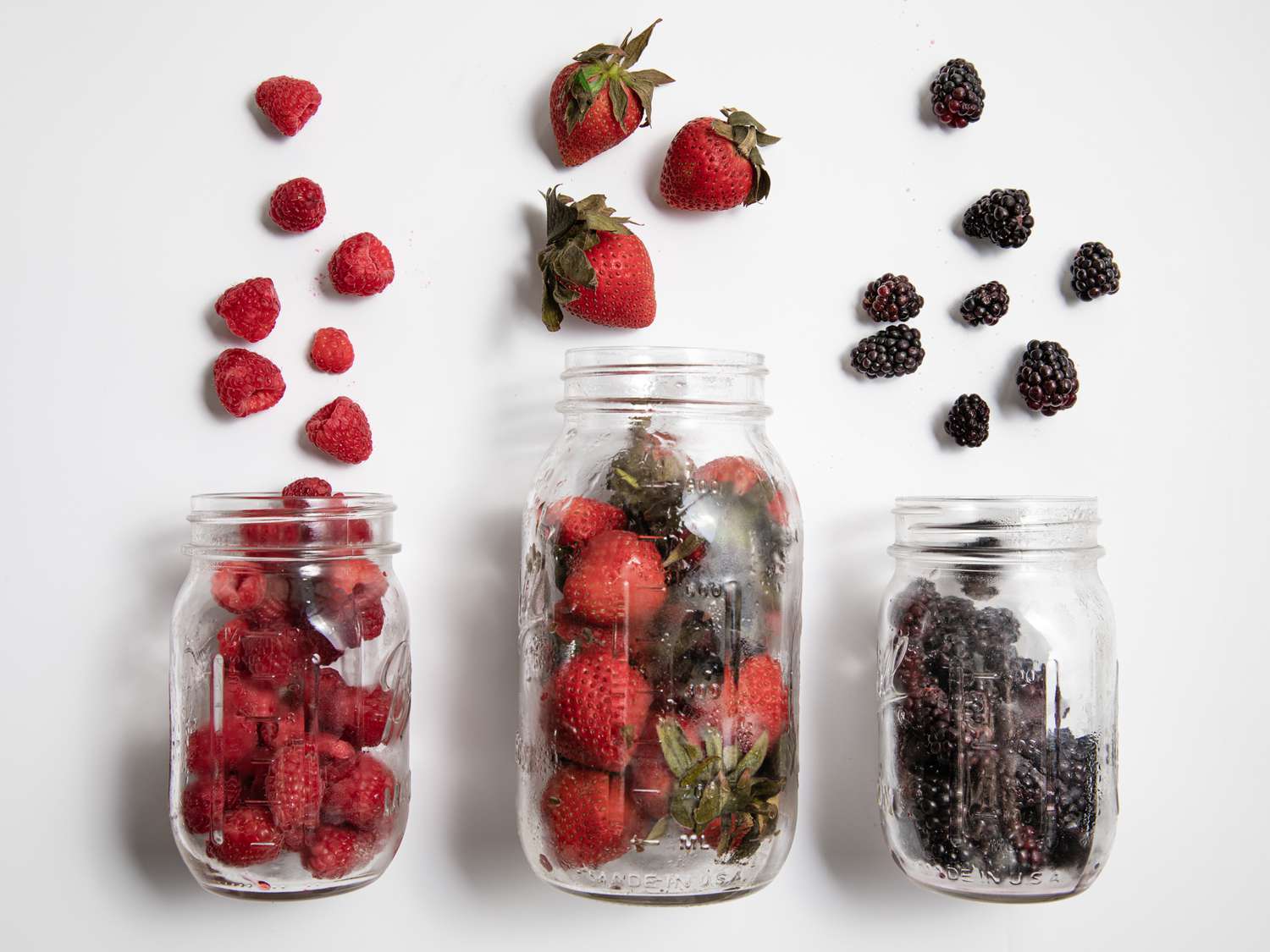
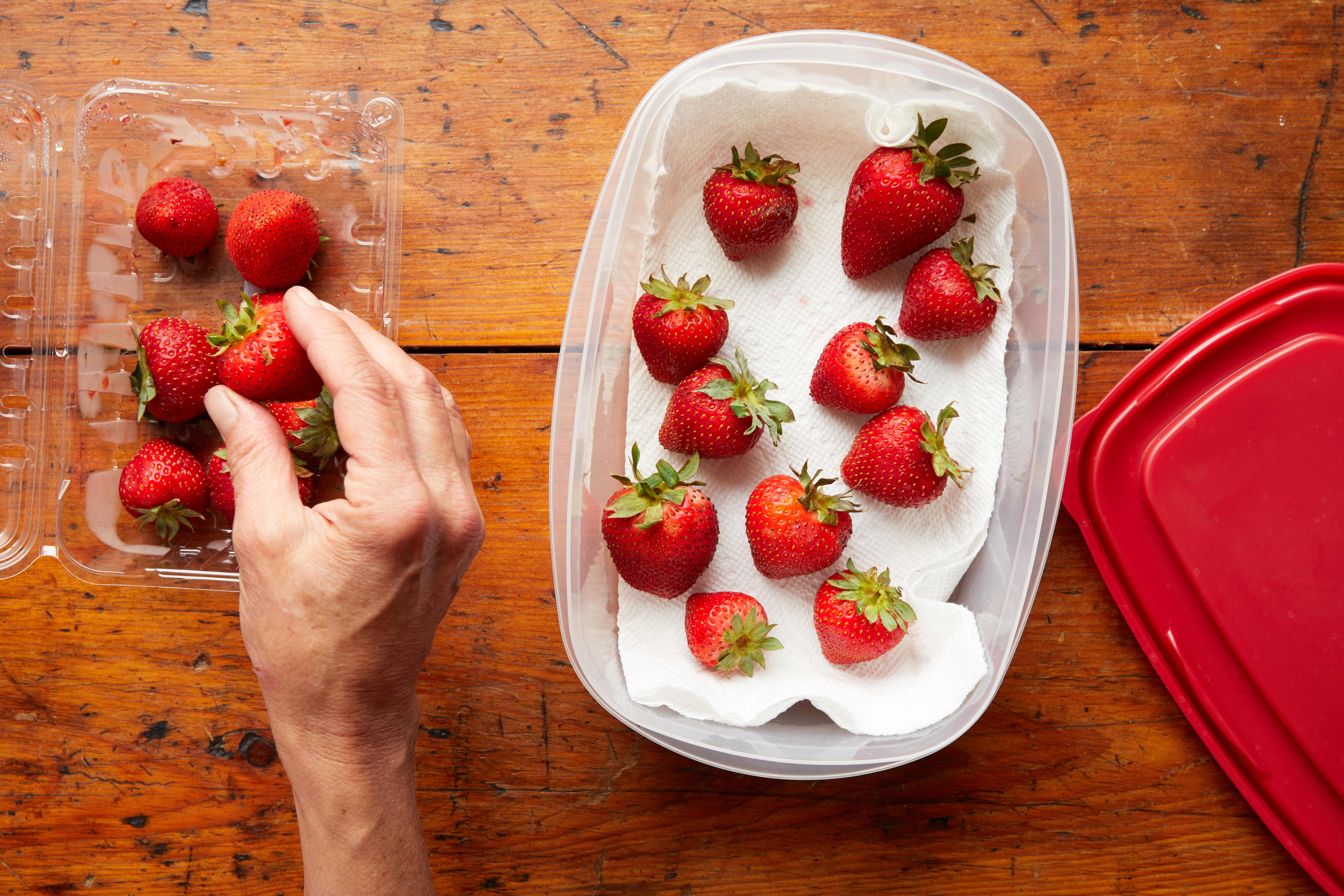
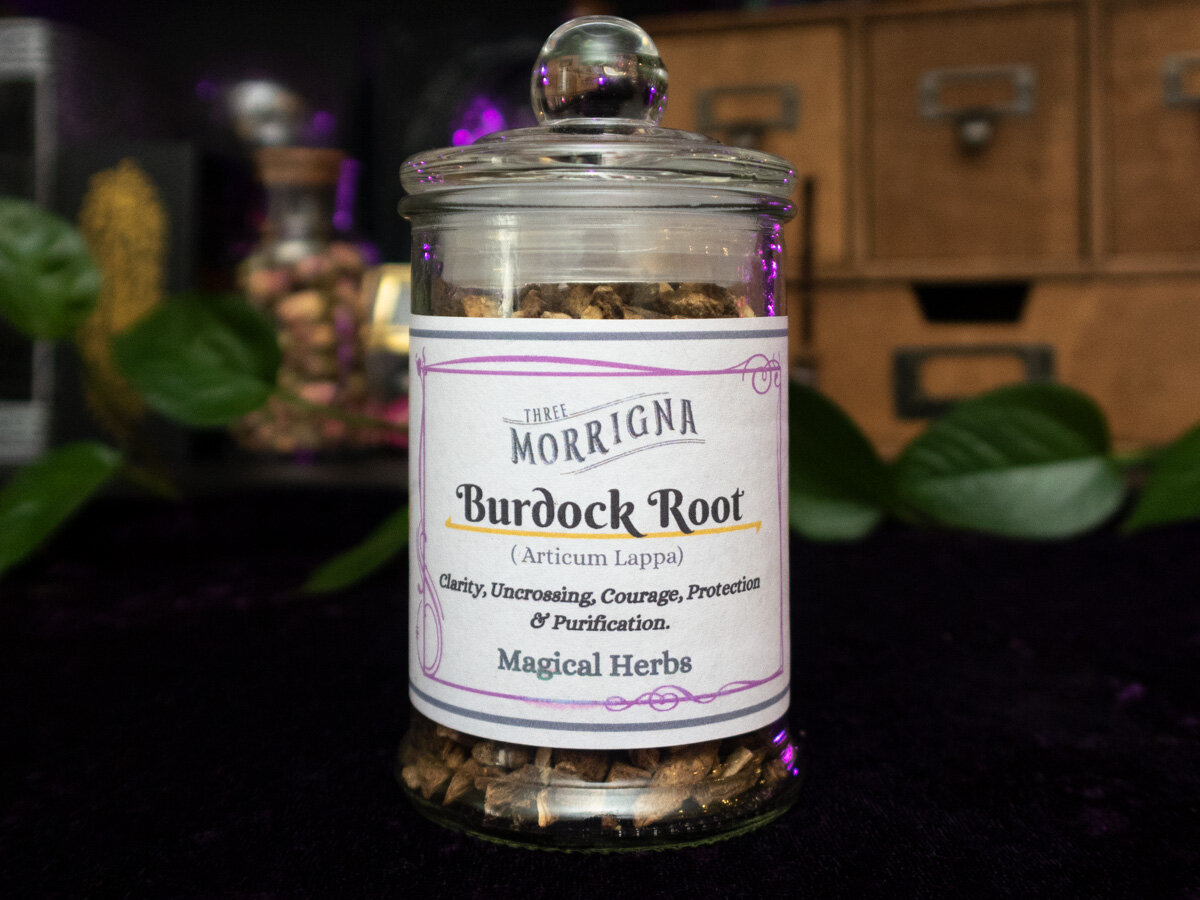

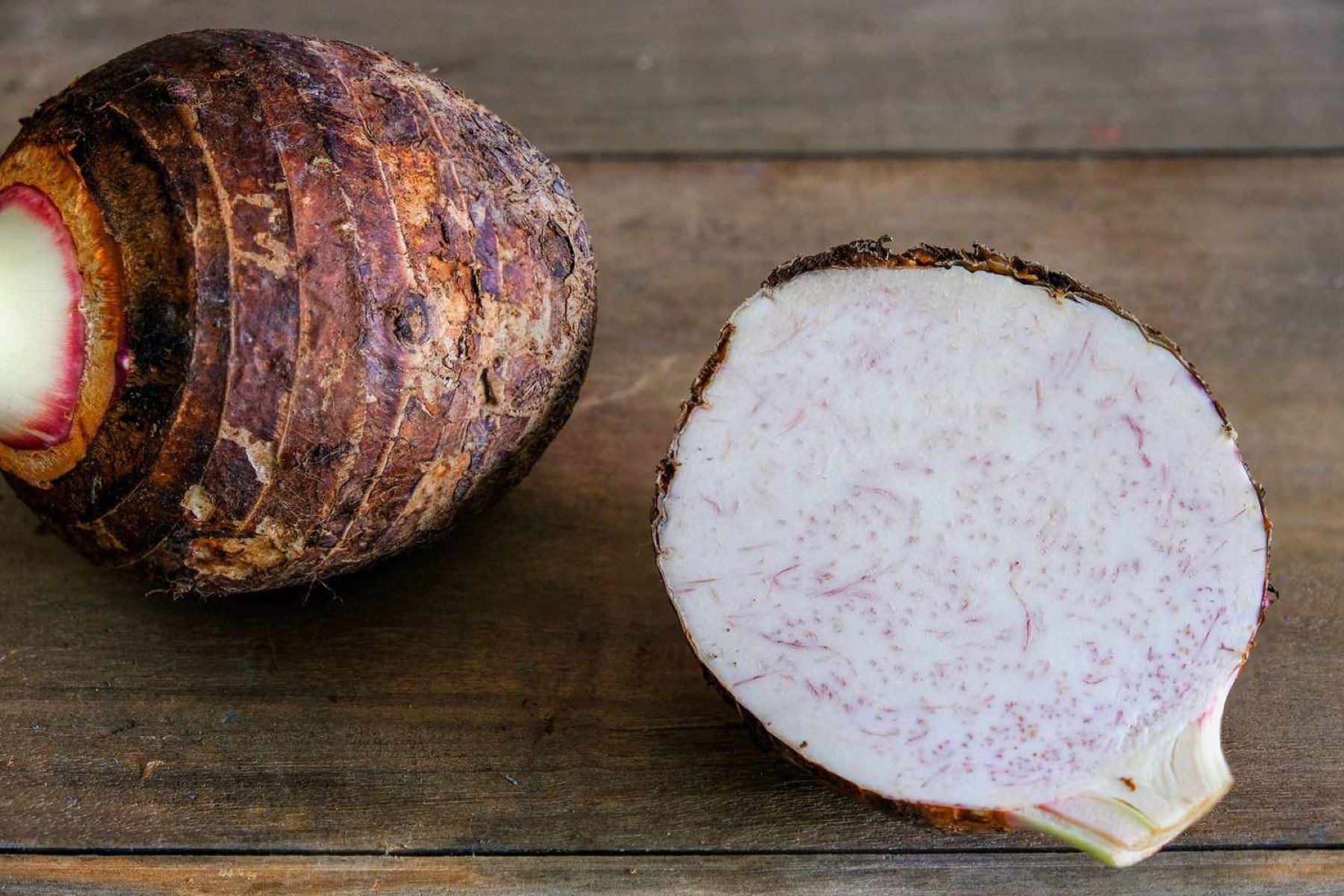
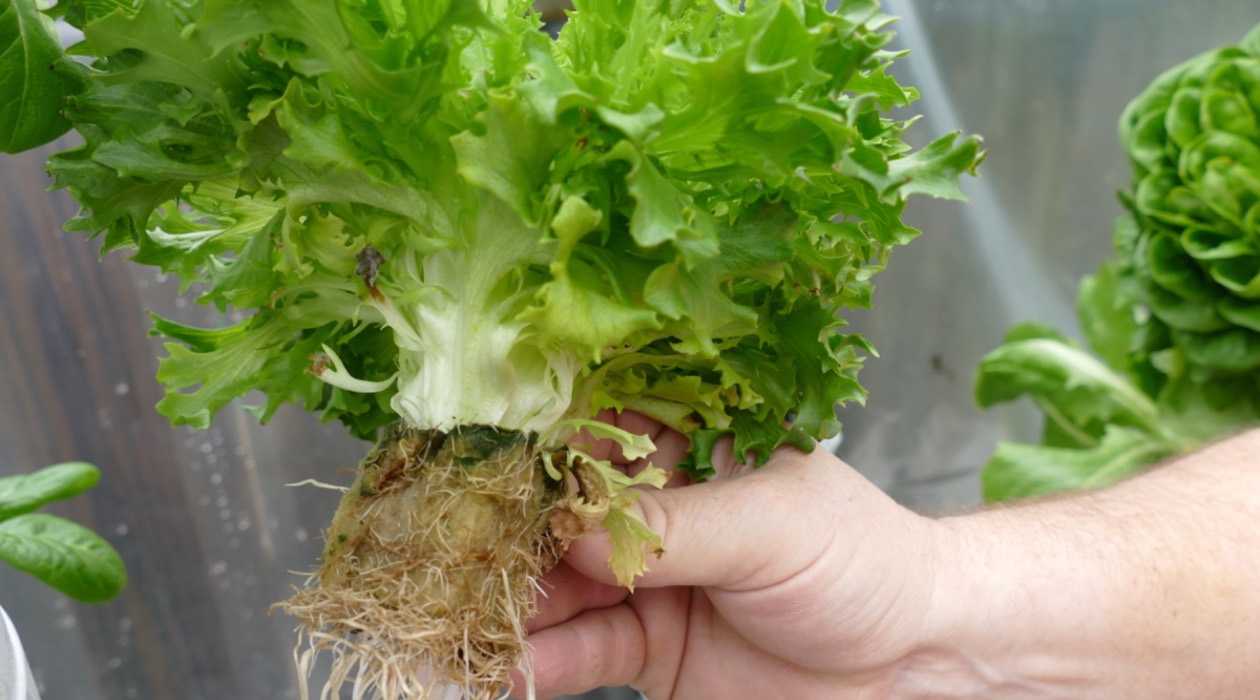
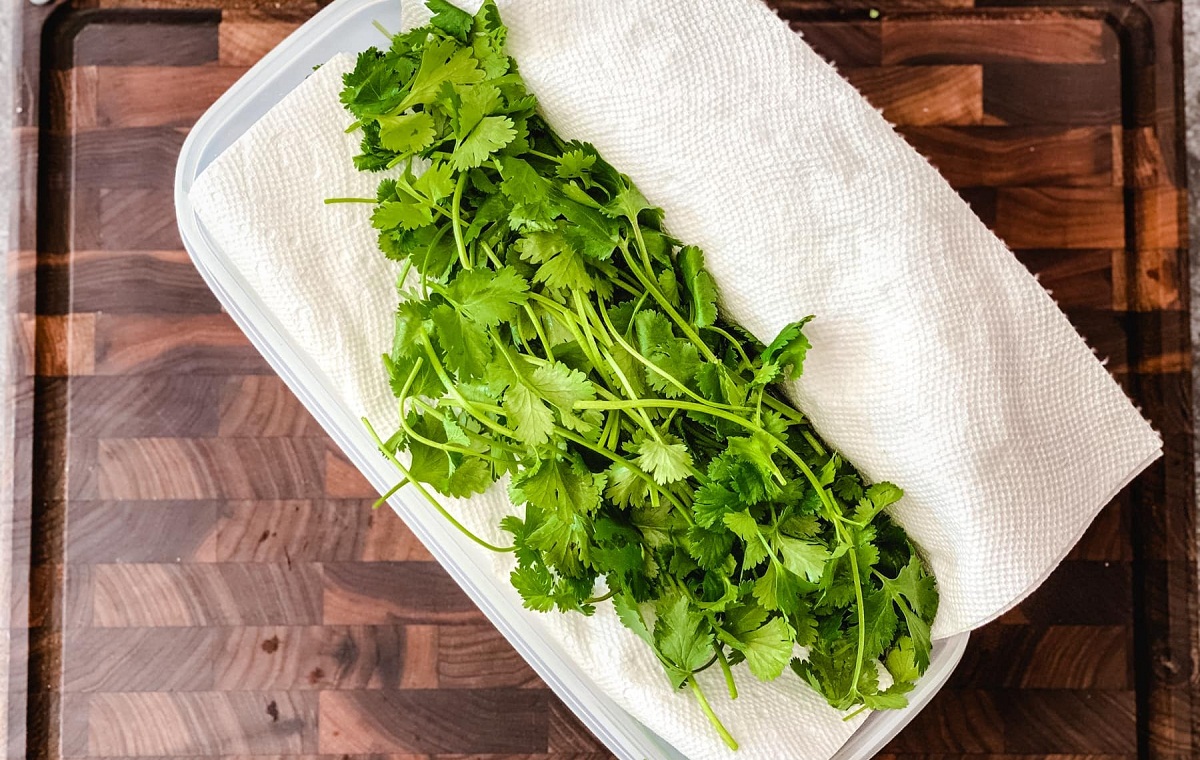
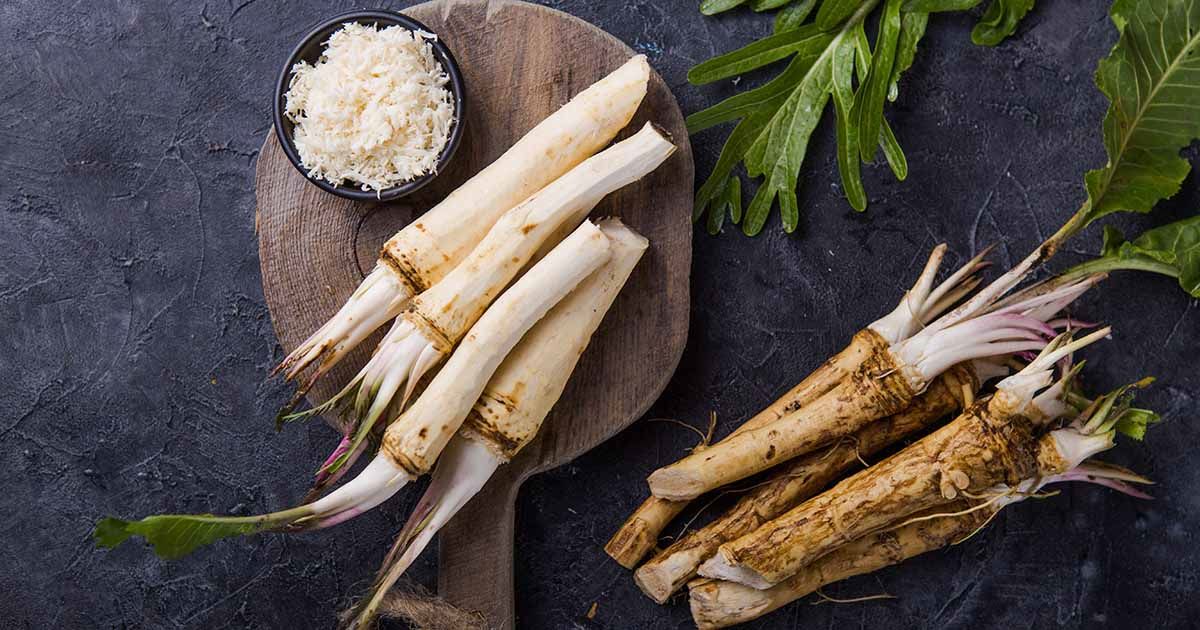
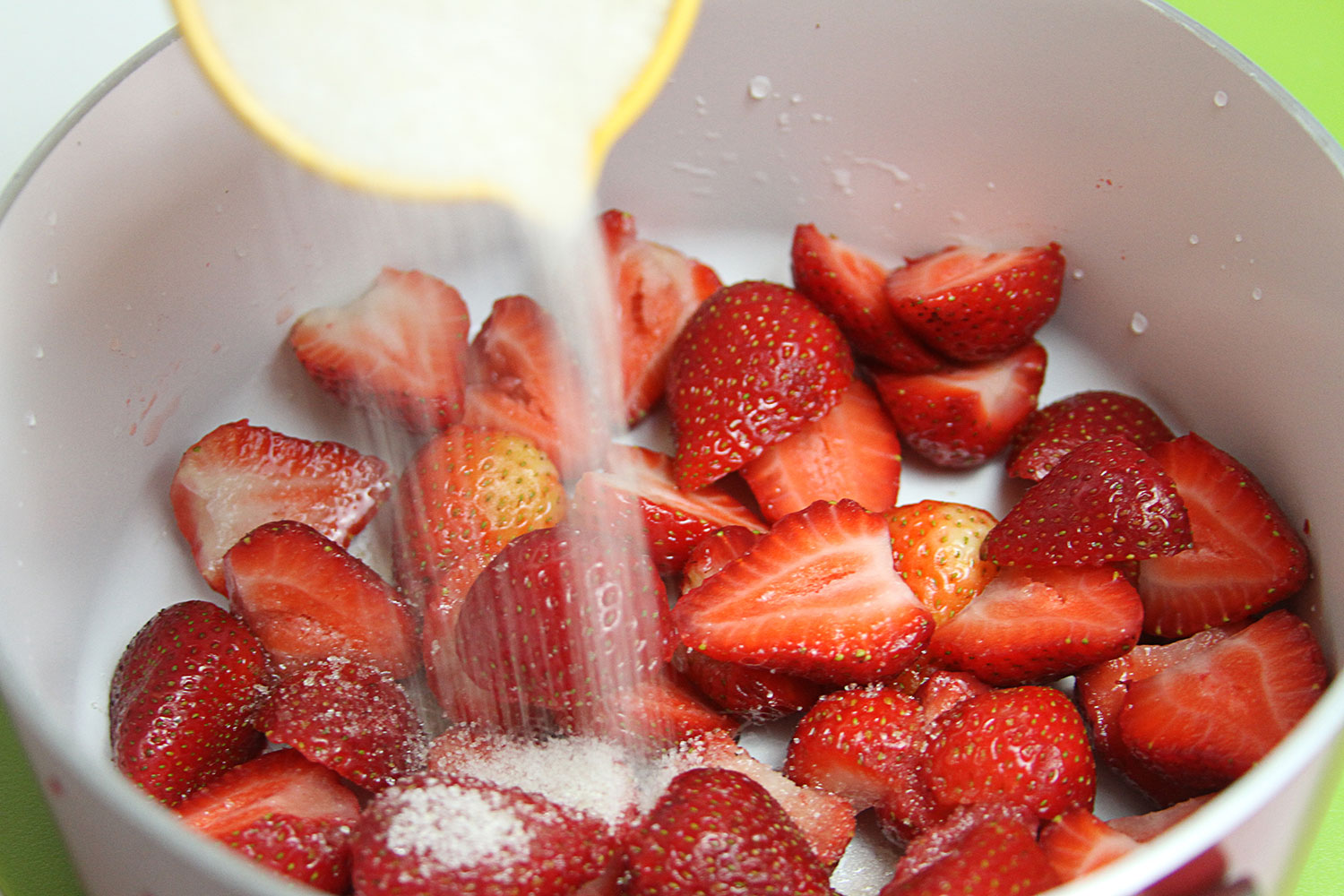
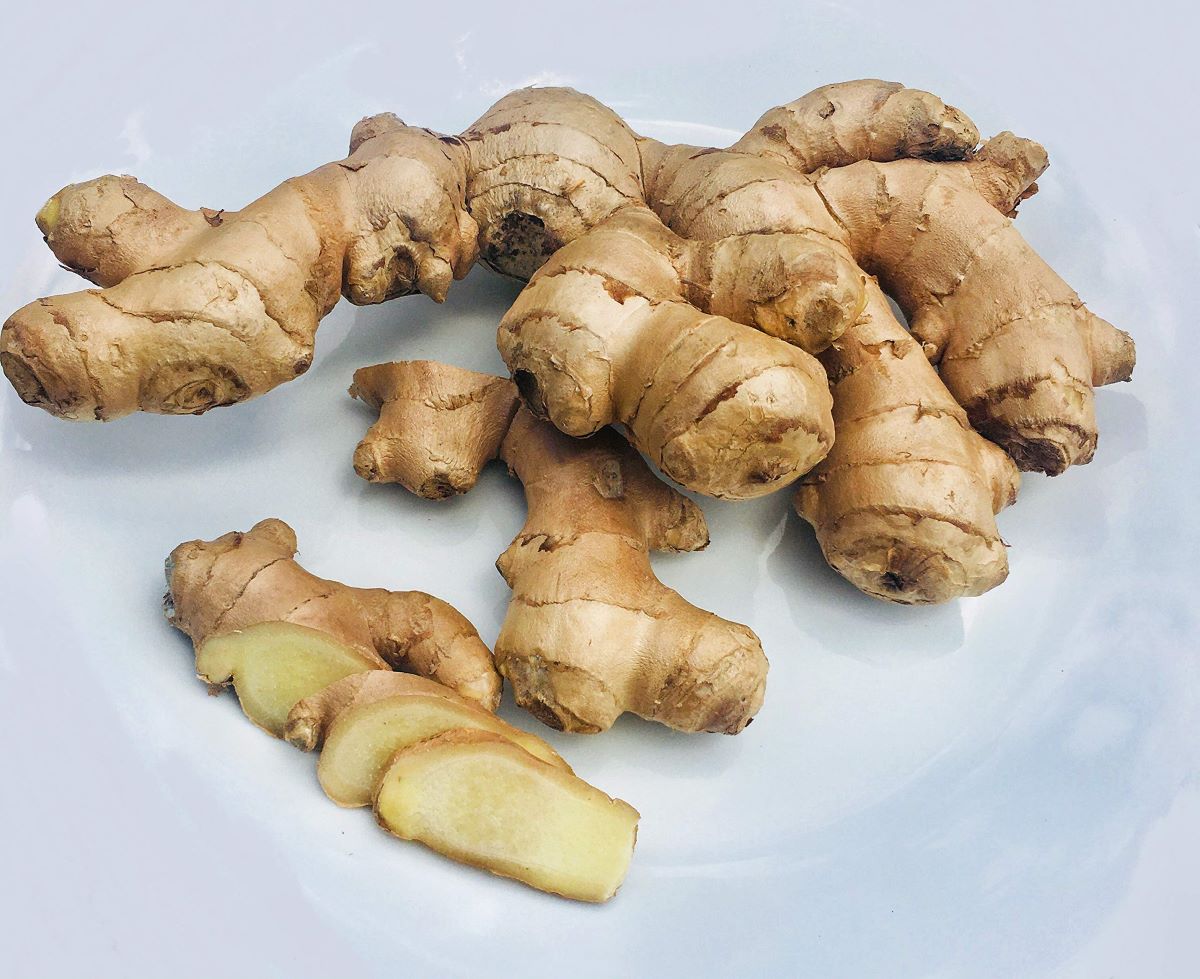
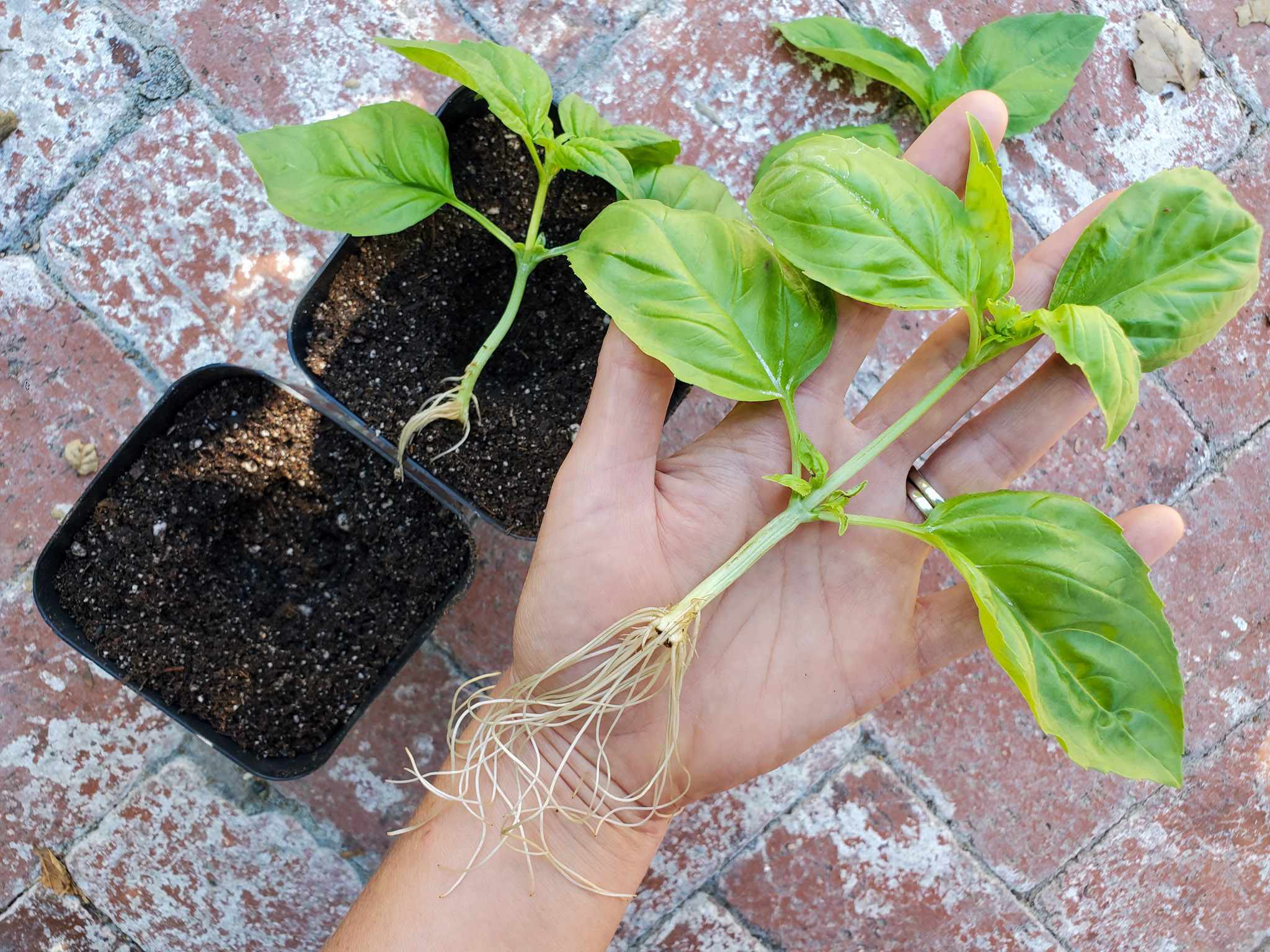
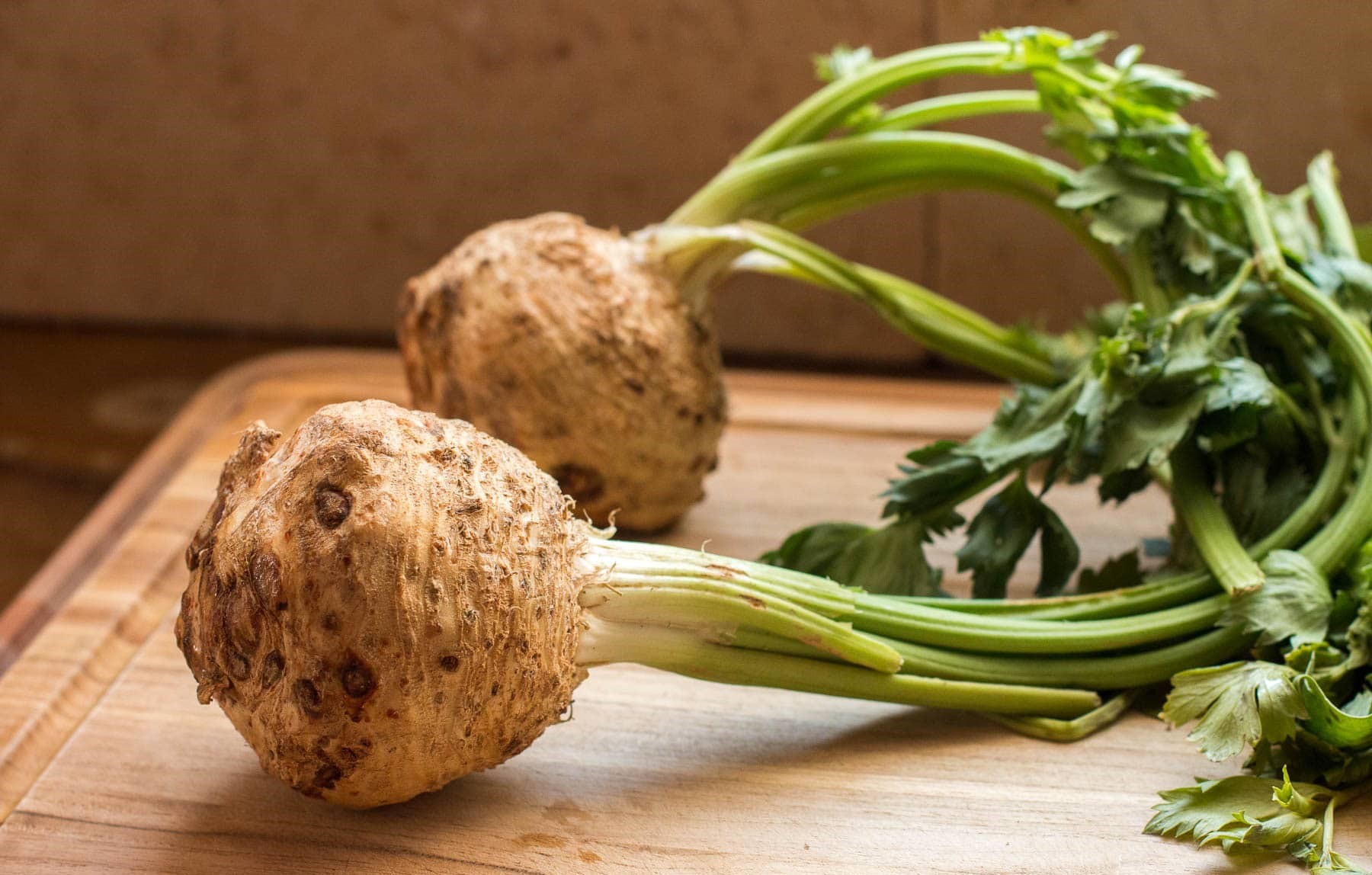
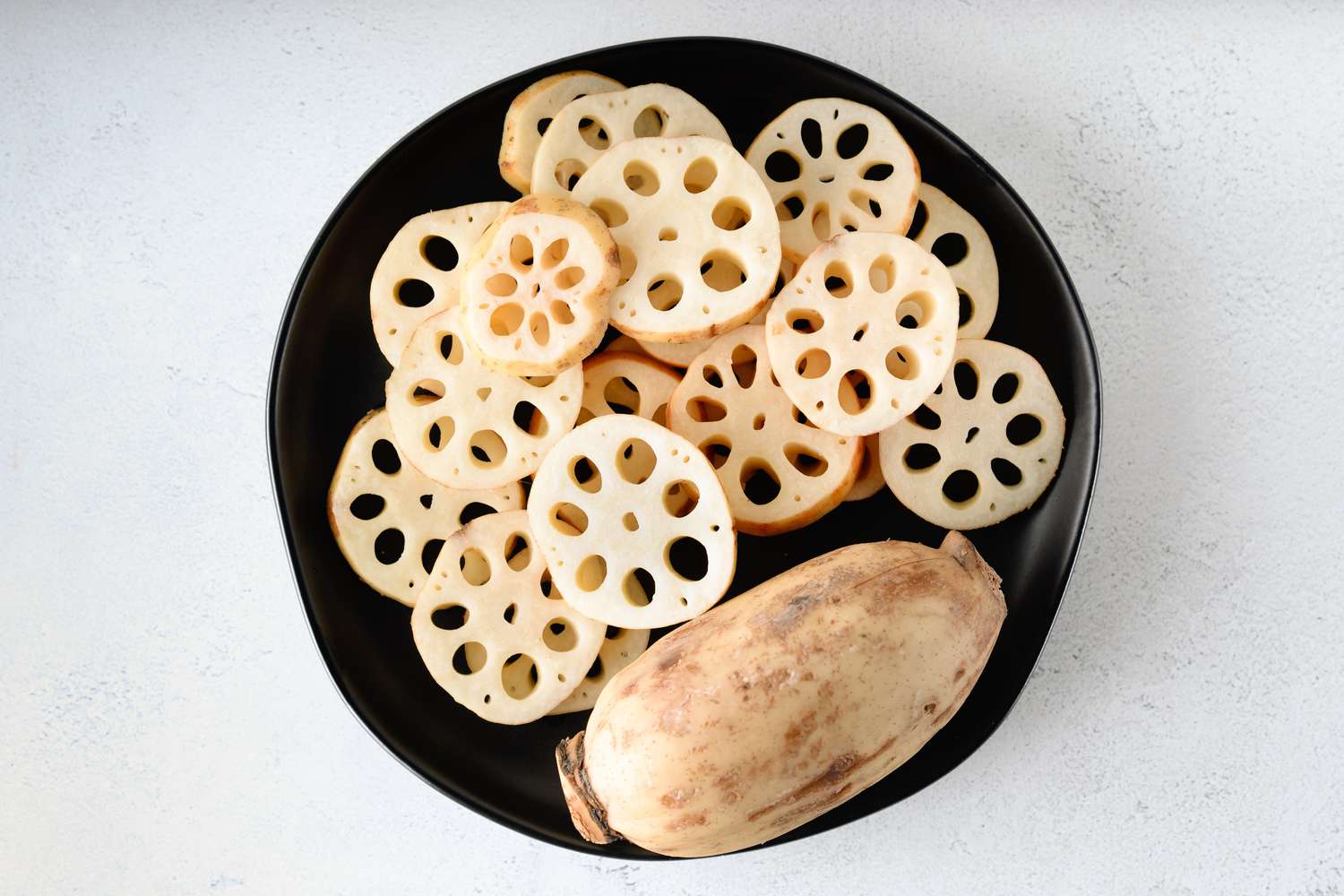


0 thoughts on “How To Store Strawberry Roots”